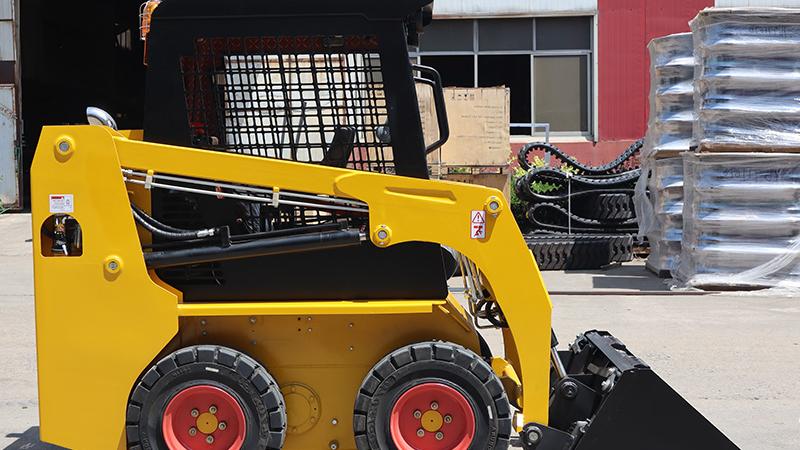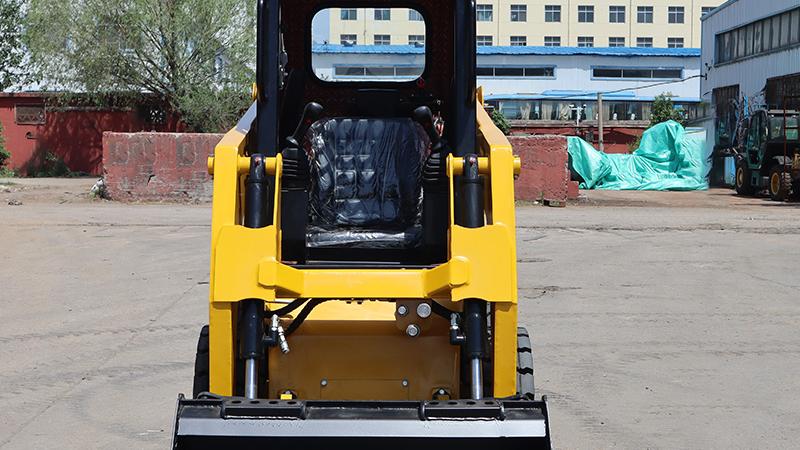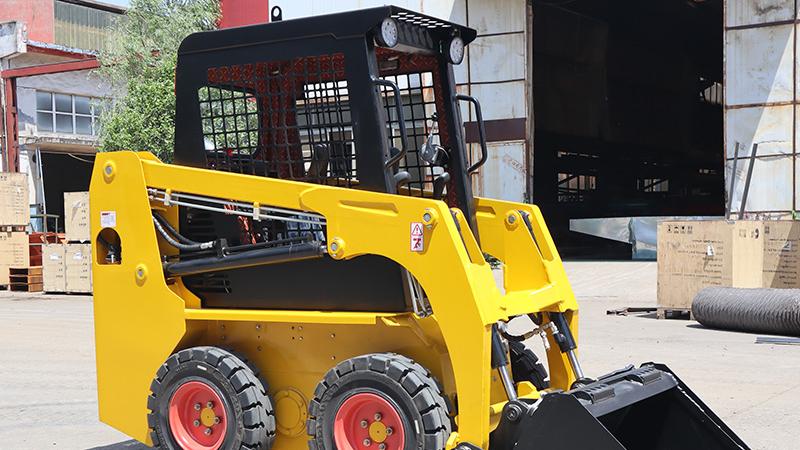The quest to clear brush and manage overgrown land is a common challenge for landowners, farmers, and construction professionals alike. The skid steer loader, with its compact frame, impressive power, and legendary versatility, has become the machine of choice for these tasks. However, its true potential is only unlocked by selecting the correct attachment, a decision that can mean the difference between a swift, efficient operation and a costly, time-consuming struggle. The question of which attachment is "best" is not one with a single answer, but rather a strategic calculation based on the specific characteristics of the vegetation, the desired end result, and the machine's hydraulic capabilities. For light to medium-duty work involving tall grasses, thick brambles, and saplings up to a few inches in diameter, the brush cutter and rotary cutter (also known as a brush hog or rotary mower) are the primary contenders. A brush cutter typically features a single, heavy-duty blade housed in a robust deck, designed to swing out and chop through vegetation with immense force. It excels in uneven terrain and can handle a mix of woody and fibrous materials, making it ideal for reclaiming pastures and clearing fence lines. In contrast, a rotary cutter often employs multiple smaller blades attached to a spinning drum or plate, functioning more like a giant, heavy-duty lawn mower. It provides a cleaner, more even cut over large, open areas and is generally more effective on pure grass and light brush. The choice between them often comes down to the toughness of the material and the desired finish; the brush cutter is the brute-force tool for demolition, while the rotary cutter is the tool for management and maintenance.
When the task escalates from clearing brush to truly clearing land—involving not just undergrowth but also small to medium-sized trees, dense thickets, and substantial amounts of woody debris—the attachment hierarchy shifts dramatically. In this demanding arena, the forestry mulcher stands as the undisputed champion for a specific type of operation. This is not a simple cutter; it is a complex, high-flow attachment featuring a rotating drum equipped with specialized carbide-tipped teeth, often called "tools" or "cutters." The mulcher does not merely cut down vegetation; it systematically grinds, shreds, and pulverizes trees, stumps, and brush into a uniform layer of organic mulch. This process offers a transformative advantage: it eliminates the need for burning, hauling, or disposing of waste. The resulting mulch layer suppresses regrowth, prevents soil erosion, and returns valuable nutrients to the earth. The mulcher is the ultimate tool for site preparation, right-of-way maintenance, and invasive species control, as it addresses the problem from the ground up. However, this power comes with significant requirements. A forestry mulcher is one of the most demanding attachments for a skid steer, necessitating a high-flow hydraulic system, a substantial machine weight for stability and down pressure, and a robust frame to withstand the immense shock loads. It is also a relatively slow, methodical attachment, focused on processing rather than just clearing. For landowners facing dense forestation or large volumes of small trees, the mulcher's ability to process material on-site makes it unparalleled in efficiency and environmental benefit, fundamentally changing the landscape both literally and ecologically.
While mulchers excel at processing, they are not always the solitary solution on a complex land clearing site. This is where the critical role of the grapple rake, or root rake, comes into play. The grapple rake is the essential partner to the cutting and mulching attachments, a tool dedicated to material handling and site cleanup. Following the passage of a mulcher or brush cutter, the site is often littered with larger logs, rocks, and piles of debris that need to be gathered, sorted, and moved. The grapple rake, with its long, curved tines, is designed to dig into and sift through the soil, lifting and carrying massive loads of material. Its clamping function allows it to securely grab piles of brush, stack logs, and remove root balls. In many scenarios, especially for initial clearing of heavily wooded areas, a common and highly effective two-step strategy is employed: first, a brush cutter or shear is used to fell the trees and clear the majority of the vegetation, and then a grapple rake is brought in to clean up the aftermath, piling debris for disposal or transport. For lighter tasks or for those operating standard-flow skid steers, the grapple rake can even be used on its own for raking and gathering lighter brush and rocks. Its versatility makes it arguably the most indispensable secondary attachment for any clearing project, ensuring that once the land is cleared, it is also clean and ready for its next purpose.
Therefore, the definitive answer to the best skid steer attachment for clearing brush and land is a strategic combination tailored to the project's scope. There is no single "best" tool, but rather a "best system." For routine maintenance, field reclamation, and dealing with light to medium brush, a brush cutter or rotary cutter is the optimal and most cost-effective choice. For transformative land management, where the goal is to not only clear but also improve the soil and eliminate waste on-site, the forestry mulcher is the superior, albeit more specialized and expensive, solution. And for virtually every project, a robust grapple rake is an indispensable partner for handling material and achieving a polished finish. The most successful land clearing operation leverages the strengths of these attachments in sequence, understanding that the power of the skid steer lies not just in its engine, but in the strategic intelligence behind the choice of tools mounted on its quick-attach plate. By carefully assessing the vegetation type, desired outcome, and machine capabilities, operators can select the perfect implement to turn an overgrown plot into a blank canvas for future development.
Post time:Oct.20.2025



